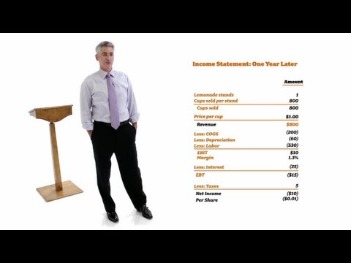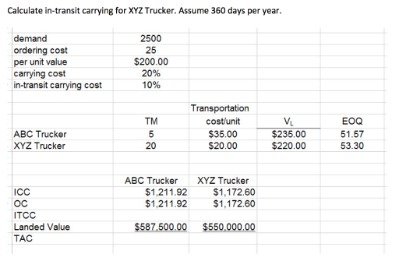
Once done, click Save and close or Save and new to complete the deposit. When you immediately receive a cash or a check for a sales transaction without having created an invoice, then you must use the Sales receipt form to record the check and revenue. Now you can select an Undeposited Funds or another account each time you create a sales receipt. The importance of this step becomes even more apparent in the next screenshot.
This process also applies if you collect checks and cash from your customers and then like to make one deposit into the bank. No more adding things up and hoping you get the right amount. Select all the payments you will include in the deposit, making sure the amount you record in QuickBooks Online matches the amount on your bank deposit slip. Also, be sure you are posting the deposit to the correct account — in this case, checking — and that the date on the transaction is the date you will take the deposit to the accounting for inventory write downs bank. Undeposited funds are like a big bag of money or cash drawer that you would keep your checks and cash payments in until you deposit them at the bank.
How To Transfer Funds Between Bank Accounts in QuickBooks Online

Once you have determined all deposits have been recorded properly, open the Bank Deposit screen again and review what is in the Undeposited Funds account. This feature can be changed again at any time in the future. When it comes to recording sales and payments, most people use the “Sales” account found in QuickBooks. However, the undeposited funds account is an alternative option that can help you keep track of your money at a higher level. If you added a payment to a deposit by mistake, you can remove that payment easily by clicking on the deposit or amount field in the deposit entry line in the Deposit Detail report.
It allows you to combine a number of payments into a single deposit if needed. Following the simple procedure described in this article, you’ll be able to make your reconciliation process smoother. The most common way to record sales for retail businesses and restaurants with QuickBooks desktop is indirect expenses meaning examples to use sales receipts and charge a customer who will pay immediately. This method to record sales or donations when you receive a payment right away can be used by any business.
This will help catch errors and discrepancies and ensure a more efficient bank reconciliation. To do this, click Reports in the left menu bar and then select Deposit detail under the Sales and customers section, as shown below. When you scroll down the Sales receipt form, you’ll see additional sections, including information about the product purchased by the customer or service rendered. Here, you can select the product or service from your list or create a new one if needed. For this, we have a detailed guide on how to set up the products and service list in QuickBooks Online.
Importance of the Undeposited Funds Account in QuickBooks
In your case, it appears that you matched the payments with the bank deposit downloaded via Banking Feeds, which explains why the deposits on your bank statement were cleared. Now, to clear the balance in your Undeposited Funds account, we have two options to avoid duplicate deposits. Head over to the plus sign icon + and select Receive Payment. Choose your customer from the drop-down menu and their open invoice will automatically show up on the list. Choose your payment method and verify the amount received. The Undeposited Funds Account in QuickBooks is a temporary account holding payments quiz and worksheet accounts receivable process that are planned to be deposited to the bank account later.
What is the Undeposited Funds Account?
You will see Undeposited Funds as the default “Deposit to” account when you receive payments from invoices, use a payment item on an invoice, or enter a sales receipt. This account is special because it’s a temporary account that QuickBooks uses to hold received payments from invoices before you deposit them in the bank. Imagine this account as the blue bank deposit bag businesses use to hold cash/checks/etc before they deposit them at the bank.
- You can then review your deposit to see if the amount recorded matches the total fund deposited.
- Mark Calatrava is an accounting expert for Fit Small Business.
- When the deposit clears the bank, you will be able to match the deposit in your bank feed.
- If you need to delete a bank deposit, click the deposit or amount field in the Deposit Detail report and then click More at the lower part of the screen and then select Delete as shown below.
Using your deposit slip as a reference, combine the check and cash payments with a bank deposit. QuickBooks moves the money from Undeposited Funds into your bank account, just like your actual bank deposit. All payments in the Undeposited Funds Account will automatically appear in the Bank Deposit window. The process described in the previous section repeats for as many sales receipts as needed. The payments you collect from the customers go to Undeposited Funds. Finally, you can see the number of payments in Undeposited Funds on the Record Deposits icon.
While processing invoice payments outside of QuickBooks and receiving payments for an invoice, QuickBooks will put them into Undeposited Funds automatically. Then you can deposit the payments to your bank account later. Most QuickBooks Online users find it easier to always post to the Undeposited Funds account first, and then enter the deposit into QuickBooks Online separately. Doing this does result in an additional step, but memorizing one way of recording payments is easier than having to remember multiple processes.
